- News
- Reviews
- Bikes
- Components
- Bar tape & grips
- Bottom brackets
- Brake & gear cables
- Brake & STI levers
- Brake pads & spares
- Brakes
- Cassettes & freewheels
- Chains
- Chainsets & chainrings
- Derailleurs - front
- Derailleurs - rear
- Forks
- Gear levers & shifters
- Groupsets
- Handlebars & extensions
- Headsets
- Hubs
- Inner tubes
- Pedals
- Quick releases & skewers
- Saddles
- Seatposts
- Stems
- Wheels
- Tyres
- Tubeless valves
- Accessories
- Accessories - misc
- Computer mounts
- Bags
- Bar ends
- Bike bags & cases
- Bottle cages
- Bottles
- Cameras
- Car racks
- Child seats
- Computers
- Glasses
- GPS units
- Helmets
- Lights - front
- Lights - rear
- Lights - sets
- Locks
- Mirrors
- Mudguards
- Racks
- Pumps & CO2 inflators
- Puncture kits
- Reflectives
- Smart watches
- Stands and racks
- Trailers
- Clothing
- Health, fitness and nutrition
- Tools and workshop
- Miscellaneous
- Buyers Guides
- Features
- Forum
- Recommends
- Podcast
review
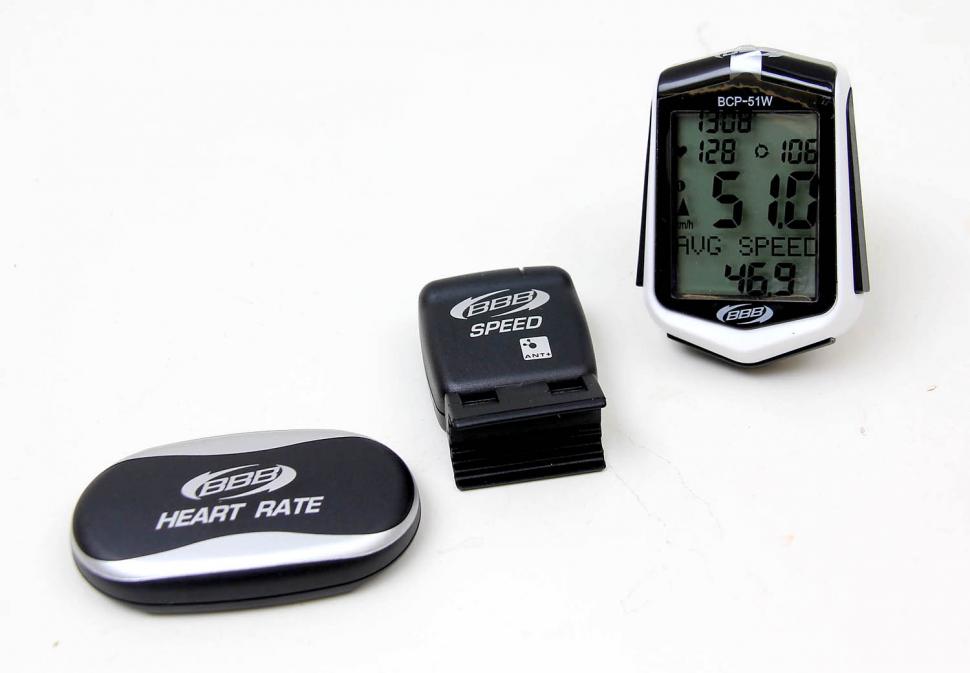 BBB Digiboard BCP51-WH
BBB Digiboard BCP51-WH£129.95
VERDICT:
Well constructed but the heart rate function is too basic for serious training
Weight:
628g
Contact:
www.windwave.co.uk
At road.cc every product is thoroughly tested for as long as it takes to get a proper insight into how well it works. Our reviewers are experienced cyclists that we trust to be objective. While we strive to ensure that opinions expressed are backed up by facts, reviews are by their nature an informed opinion, not a definitive verdict. We don't intentionally try to break anything (except locks) but we do try to look for weak points in any design. The overall score is not just an average of the other scores: it reflects both a product's function and value – with value determined by how a product compares with items of similar spec, quality, and price.
What the road.cc scores meanGood scores are more common than bad, because fortunately good products are more common than bad.
- Exceptional
- Excellent
- Very Good
- Good
- Quite good
- Average
- Not so good
- Poor
- Bad
- Appalling
The Digiboard sits at the top of BBB's cycle computer range, and features wireless transmission along with a wealth of functions. The model tested – the catchy named BCP-51 WH – integrates all the speed and distance functions you'd normally expect, with the addition of heart rate and cadence capability. This latter requires the purchase of an additional cadence kit (£27.95) which we also tested.
Installation
Out of the box, the Digiboard is super-easy to install because the instructions are simple and clear. Zip ties are provided to attach the various pieces to your bike and they're all long enough to accommodate any oversize components or frame tubes. Batteries for the head unit and the sensors are already installed so setup is about as pain-free as can be expected.
Once all the bits are attached, it's simply a matter of letting the head unit pair up with the various sensors. This process takes under a minute if you've followed the instructions and set everything up properly. Of the sensors, I found that the head unit had most difficulty finding the cadence unit which is to be expected given that's it's the furthest away. A quick tweak of the unit to bring it closer to the magnet (zip tied to the non-driveside crank) usually solved this problem. Included in the instructions is a useful table for calculating rollout for every conceivable wheel/tyre size combination so there's no need to whip out the tape measure.
A special mention has to go to the included heat rate (HR) strap which is very soft and supple. The difference in comfort compared to the plastic straps of old is like night to day and I had no issues with wearing it for long rides. The suppleness also ensures that you can comfortably get the strap nice and tight which improves the contact between skin and electrodes and, consequently, the accuracy of the readings. Despite heading out on some cold, dry rides, I never experienced any dropouts or anomalous HR readings.
Features
The whole Digiboard range uses the now ubiquitous Ant+ protocol which promises fast data transfer and minimal interference. What this means is that the Digiboard head unit can be used in conjunction with any Ant+ peripherals from any other brand, significantly widening its appeal. Already got an Ant+ cadence sensor? You can use it with the head unit. Having said this, the Digiboard is limited to speed, HR and cadence functions so you'll have to look elsewhere for a head unit that records and/or displays power.
The speed and odometer functions are extensive but pretty much standard for a high-end bicycle computer. These can be found at the bottom of the review so I'll skip over these and focus on the HR functions which are what differentiate the BCP-51WH from the cheaper and smaller Microboard range.
These are, in a word, disappointing. The whole principle of training with heart rate revolves around setting up a series of heart rate zones based off either maximum or lactate threshold heart rate. This allows you to train at the right intensities for the correct amount of time to maximise the performance gains.
The Digiboard is limited to simply setting a maximum and minimum heart rate outside of which the HR display flashes. You could set these limits before each ride depending on your training goals for that particular ride, but that requires you to go through the whole setup process from start to finish. Even then, you'd only be left with a single training zone.
BBB even recommends setting up the maximum heart rate according to the old (and completely false) 220-age formula – a cardinal sin in my opinion.
Another limitation is the Digiboard's lack of a 'lap' function whereby a ride can be split into smaller segments based on either distance or time. The ability to split a ride in this way is particularly useful when doing intervals. For an interval workout, your average heart rate over the whole ride is pretty meaningless; it's the heart rate during each interval that is important.
The unit is also held back by the lack of computer connectivity. In this day and age, everyone and their grannies are uploading their rides to the multitude of online ride trackers. Having to input manually things such as average heart rate isn't too much of a chore, but when the time comes for more in-depth analysis, you're left high and dry without a dedicated data file to upload.
Menu structure
On the bike, the Digiboard permanently displays four instantaneous metrics (time of day, HR, cadence and speed) and then a choice of menus which you can scroll through. These menus consist of HR (average and maximum), distance (current ride, total bike 1, total bike 2), time (current ride, total bike 1, total bike 2), speed (average and maximum) and cadence (average and maximum).
Scrolling between these menu options is simply a matter of a single button press while scrolling within the chosen menu is done via a separate button. These provide enough positive feedback to be operated with thick gloves on.
While this menu structure is easy to learn and soon becomes intuitive, it does mean that you can't display ride distance and time on the same screen, which is annoying. Additionally, the displays for instantaneous cadence and hear rate, two of the most useful ride metrics in my opinion, are rather small and easy to miss. This further reinforces the impression that this device isn't suited to those interested in using the Digiboard for serious training.
With a RRP of £129.95, the Digiboard sits in a difficult area in terms of bike computers. For users wanting a simple odometer to keep track of ride time and mileage, there are plenty of cheaper options out there. For someone keen to take their training to the next level, it's worth spending a bit more and getting something that is specifically designed with this in mind.
Verdict
The inclusion of heart rate and cadence seem to suggest that this device is targeted at riders interested in serious training, but the lack of useful heart rate functions and computer connectivity mean that it's limited in this area. No matter how reliable and well constructed it is, there's just no getting away from the fact that, basic heart rate functions aside, there are much cheaper computers on the market (even within BBBs own range) which deliver the same features.
road.cc test report
Make and model: BBB Digiboard BCP-51WH Cycling Computer
Size tested: White
Tell us what the product is for, and who it's aimed at. What do the manufacturers say about it? How does that compare to your own feelings about it?
The heart rate capabilities are too limited for someone looking to train seriously, but the price excludes users looking for a simple wireless odometer.
Tell us some more about the technical aspects of the product?
Digital wireless computer with 22 functions, including heart rate belt:
Current speed
Average speed
Maximum speed
Riding time
Trip distance
Odometer bike 1
Odometer bike 2
Total odometer (1+2)
Clock (12 / 24h)
Low battery indicator
Auto start / stop
Speed pacer
Backlight
Total riding time bike 1
Total riding time bike 2
2nd wheel size
Auto sleep
Heart rate
Maximum heart rate
Average heart rate
Calories used
Upper / lower limit
ANT+ digital transmission. Interference and cross-talk free.
Computer can be extended with cadence functions by adding the separately sold BCP-56 transmitter set
Computer can be mounted on handlebars and stems.
Waterproof casing
Wheel magnet fits round and aero spokes.
Batteries included
Rate the product for quality of construction:
9/10
As I've come to expect from BBB, the Digiboard holds up well to the demands of the road. The plastic housing is well sealed and shrugs of impacts without fuss.
Rate the product for performance:
4/10
The traditional odometer functions are all there and the unit performs flawlessly in this regard. When it comes to the more advanced heart rate functions, the Digiboard comes up short. The menu system is also a little inflexible as there's no way of customising the display
Rate the product for durability:
9/10
It's survived plenty of drops and bad weather, as well as being loose in a bike bag on a Easyjet flight without any discernible surface damage or compromised functionality.
Rate the product for value:
4/10
It really doesn't have enough heart rate functions to be used as a serious training tool and is therefore just an expensive odometer.
Did you enjoy using the product? Only as an odometer
Would you consider buying the product? No
Would you recommend the product to a friend? No
About the tester
Age: 20 Height: 190cm Weight: 70kg
I usually ride: Giant TCR Advanced 2 My best bike is: Canyon Ultimate CF7
I've been riding for: Under 5 years I ride: Every day I would class myself as: Expert
I regularly do the following types of riding: road racing, sportives, mtb,
For 5 years, racing was my life and I went all the way from a newbie bonking after 40 miles, to a full-timer plying my trade on the Belgian kermesse scene. Unfortunately, the pro dream wasn't meant to be and these days, you're more likely to find me bimbling about country lanes and sleeping in a bush on the side of the road.
Latest Comments
- No Reply 27 min 43 sec ago
If I was spending that kind of money it would be on a top end Colnago all day long.
- Rendel Harris 55 min 37 sec ago
He advocates only riding mountainbikes solely offroad for ultimate safety, which is great if you're a millionaire of leisure living in Colorado...
- ktache 1 hour 26 min ago
That looks like a fun bike. Frame only, 2 and an 1/2 grand.
- Robert Hardy 1 hour 42 min ago
But down the line it can put a big dent in its resale value which ups leasing costs and the amount of cash an owner is throwing at their status...
- wtjs 2 hours 22 min ago
Fair enough, personal experience may trump (not that one) theory. However, the bonking I have experienced has been due to lack of carbs. Your point...
- wtjs 2 hours 36 min ago
Agreed, but he was still right to publicise the event. The police, if they're anything like Lancashire, will do nothing at all.
- Rendel Harris 3 hours 50 min ago
mdavidfrodo?
- wtjs 7 hours 29 min ago
in the UK we have policing which to a greater or lesser extent relies on assistance from members of the public......
- Cadcam 8 hours 33 min ago
Just wanted to share a quick thank you to everyone who helped out in this thread....
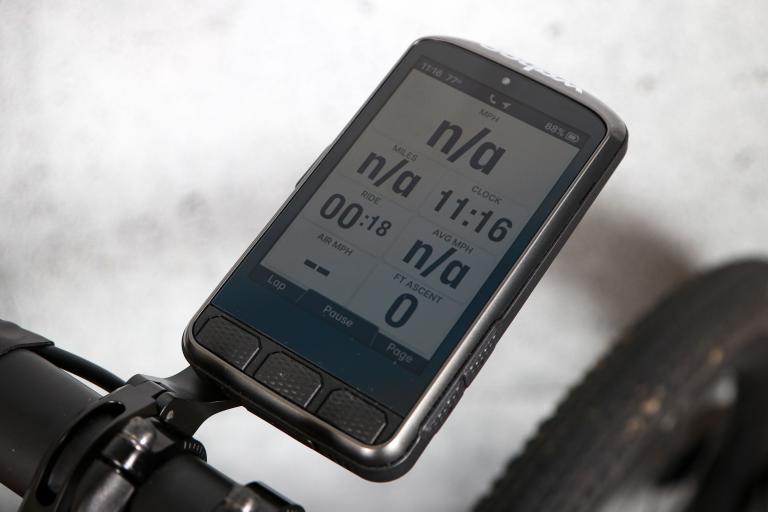
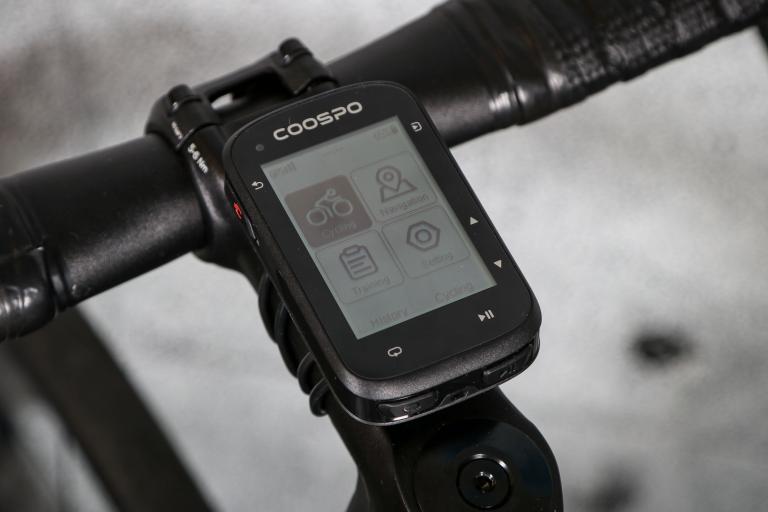
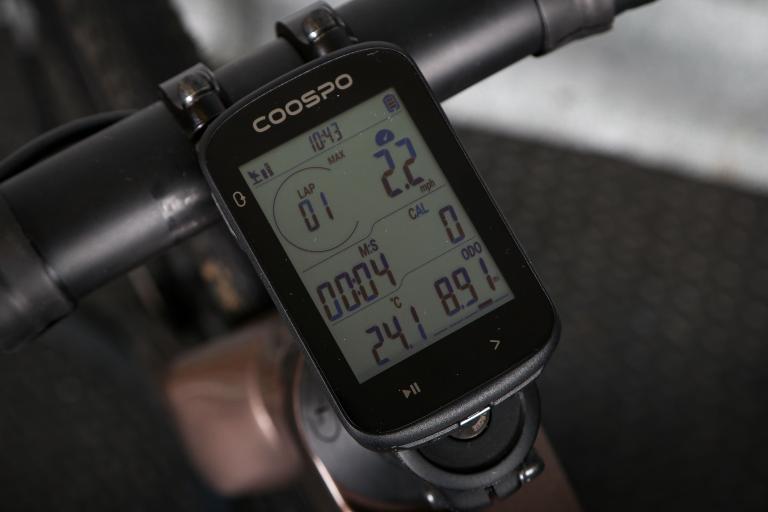
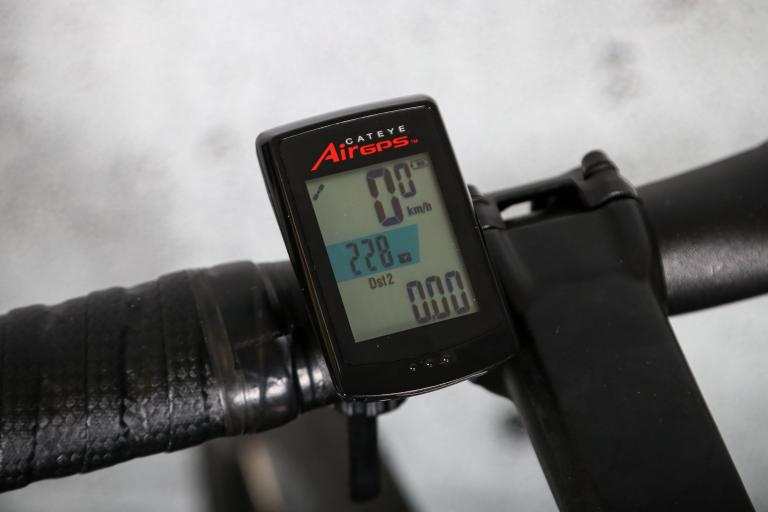
Add new comment
3 comments
Fair point matthew385 - think we will see a fair few manufactuers of this sort of computer moving over to some sort of GPS system with a web interface in the near future. I'd say the Ride 20 puts the cat firmly amongst the pigeons on that score.
Given that the Bryton Ride 20 is around this price with a Cadence and HRM pack isn't this thing redundant?
Could buy a new set of wheels or a GPS for that money!